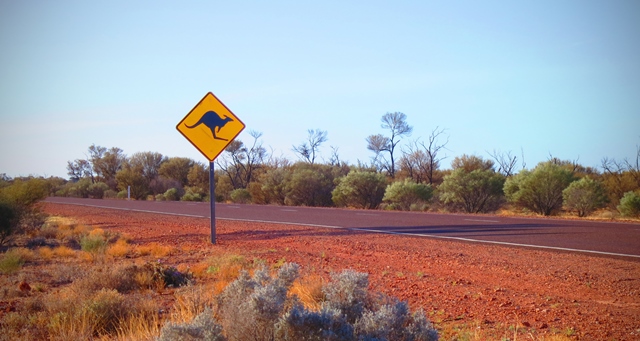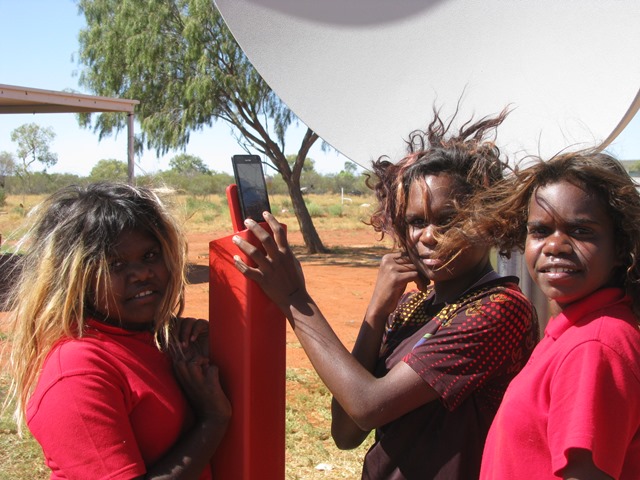 Getting remote communities connected can be difficult due to the tyranny of distance. Recently we’ve heard some great stories about retail service providers, infrastructure providers and other organisations that are helping to connect Indigenous consumers in some of the most remote parts of Australia. In this article we’ll look at some of the ways this is being achieved.
Getting remote communities connected can be difficult due to the tyranny of distance. Recently we’ve heard some great stories about retail service providers, infrastructure providers and other organisations that are helping to connect Indigenous consumers in some of the most remote parts of Australia. In this article we’ll look at some of the ways this is being achieved.
Satellite broadband provider, Activ8me, is working with the Australian Government to improve access to telecommunications services in remote Indigenous communities.
Since May 2009, the company has installed 301 community phones under the Government’s Remote Australia Strategies Programme. Activ8me developed and installed innovative remote community phones, powered by solar energy that utilise satellite connections. Calls from these phones to all fixed phones in Australia are free. Over 98 per cent of these phones also have Wi-Fi installed.
The phone booths are located in some of the most remote parts of northern Australia, including the Kimberley area in Western Australia, Arnhem Land in the Northern Territory and Mornington Island off the Queensland coast.
Another example is Easyweb Digital’s work with NG Media (an indigenous-owned media organisation) to connect the Wingellina community in remote Western Australia. Easyweb built a wireless network system to broadcast digital radio services and deliver Wi-Fi to the community. The wireless network provides connectivity to the entire Wingellina community.
Easyweb Digital also provides Public Wi-Fi at over 570 locations across all of Australia, many of them very remote.
In a digital inclusion session at the recent Broadband for the Bush Forum, Anja Tait, Assistant Director Libraries and Learning, Northern Territory Library (NTL) outlined how NTL is collaborating with regional councils and local authorities to provide free public Wi-Fi in 46 remote Aboriginal communities. The initiative is supported by the Northern Territory Government and is recognised as a fundamental public service.
 Improving mobile coverage in NT
Improving mobile coverage in NT
Over the past two and a half years, ACCAN member the Centre for Appropriate Technology Limited (CAT), an Aboriginal and Torres Strait Islander owned not-for-profit business, has been working with a variety of organisations in the Northern Territory, including the NT Government, to improve mobile phone connectivity in very remote parts of the NT.
CAT has designed, manufactured and installed mobile phone hotspots in 22 remote communities, plus a similar number at highway roadside stops and popular tourism locations. These facilities typically double the range obtainable with existing hand-held mobile devices, effectively reducing the very large coverage gaps that still exist in the outback, and provide mobile access to community residents where before they had none.
The robustly built Hotspots are compatible with data, voice, SMS, 3G, 4G and all three mobile network providers. Further, they are electrically passive devices, meaning that no power supply is required, making them almost maintenance-free. Look out for the Hotspot icon if you are travelling the NT!
Hitnet community hubs
Hitnet is an innovative Australian ‘Communication for Development’ company that builds the smart digital ecosystems needed to reach and engage the most marginalised of people.
Hitnet’s Community Hubs are available in many locations around Australia. They provide access to the internet as well as local community content, health information, apps and content. Hitnet now has over 70 Community Hubs in operation with almost 70,000 purposeful uses a year.
Some ACCAN resources about digital literacy are now also available on Hitnet’s Community Hubs.
Download: ![]() Innovative ways of connecting remote communities42.76 KB
Innovative ways of connecting remote communities42.76 KB
Download: ![]() Innovative ways of connecting remote communities227.27 KB
Innovative ways of connecting remote communities227.27 KB

Comments powered by CComment